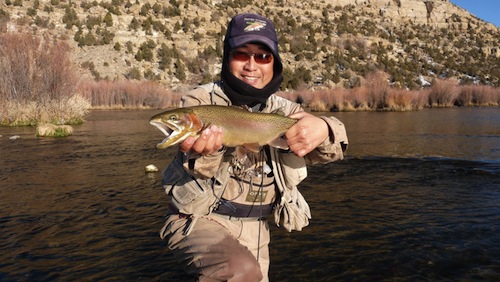
Texas Lake Turnover
What is it? How does it happen?
When someone says a lake is “turning over,” they are describing a natural process in which the water layers of the lake mix, usually due to changes in temperature. Here’s a breakdown of what that means and what causes it:
What Happens When a Lake Turns Over:
Lakes naturally stratify into layers during different times of the year, typically with warmer water at the surface and cooler water at the bottom. This is because warmer water is less dense, so it stays on top. During a lake turnover, these layers mix, and the water becomes more uniform in temperature from top to bottom.
Causes of Lake Turnover:
- Temperature Changes: As the weather cools in the fall or warms in the spring, the surface water temperature changes. In fall, cooler air temperatures cause the surface water to cool and become denser. This denser, colder water sinks, and the warmer, less dense water at the bottom rises, causing the lake to “turn over.” In spring, the opposite can happen as the lake warms up and starts mixing.
- Wind: Wind also plays a role by stirring up the water, which helps break up the layers and mix them.
- Seasonal Timing: This process typically happens twice a year—once in the spring and once in the fall—in temperate climates like much of Texas.
Why Does This Matter?
- Fishing Impact: Fish can become more difficult to locate during turnover because the mixing of the water disrupts their usual habitats and feeding patterns.
- Water Quality: Nutrients and gases like oxygen and carbon dioxide that are normally trapped at the bottom of the lake get distributed throughout, which can cause temporary changes in water clarity and chemistry.
How Common Is Lake Turnover in Texas?
Lake turnover is very common in Texas, especially in deep, stratified lakes. Most lakes in the state experience at least one turnover in the fall, and some may also go through a spring turnover, particularly in areas where temperatures vary widely between seasons.
However, very shallow lakes may not experience significant turnover because they don’t develop strong thermal stratification, meaning the water stays relatively mixed throughout the year.
— COURTESY CHATgpt
TODAY’S BACKCAST EPISODE
It’s the first day of Fall 2024! Let’s go way back to a time when YouTube and sports cameras were young and hardly worth their weight!
